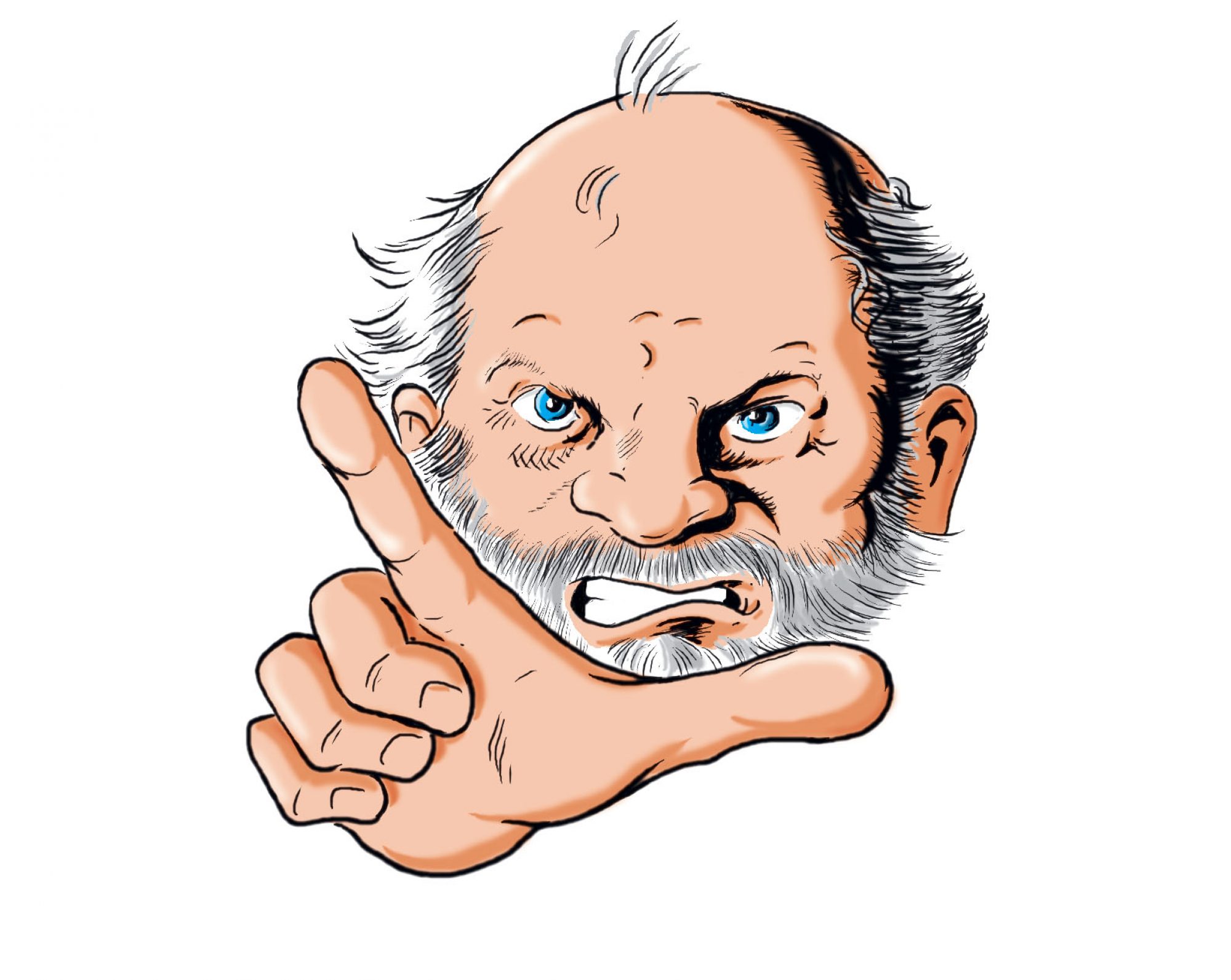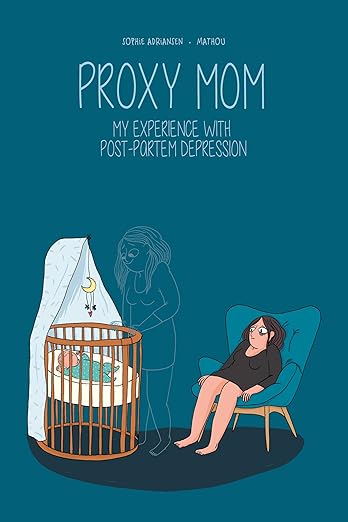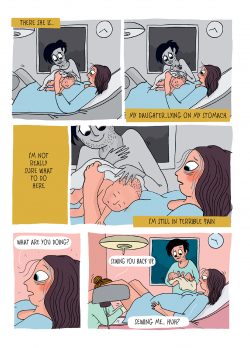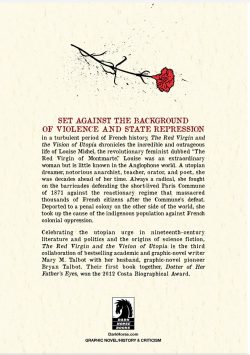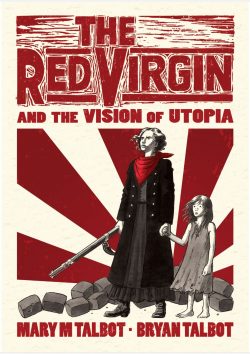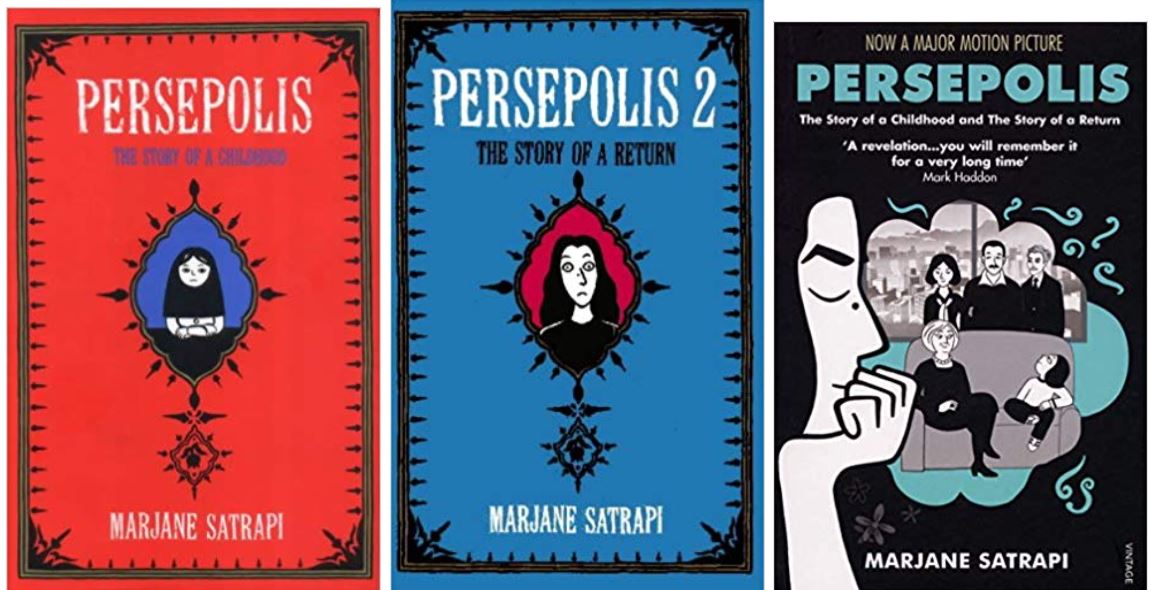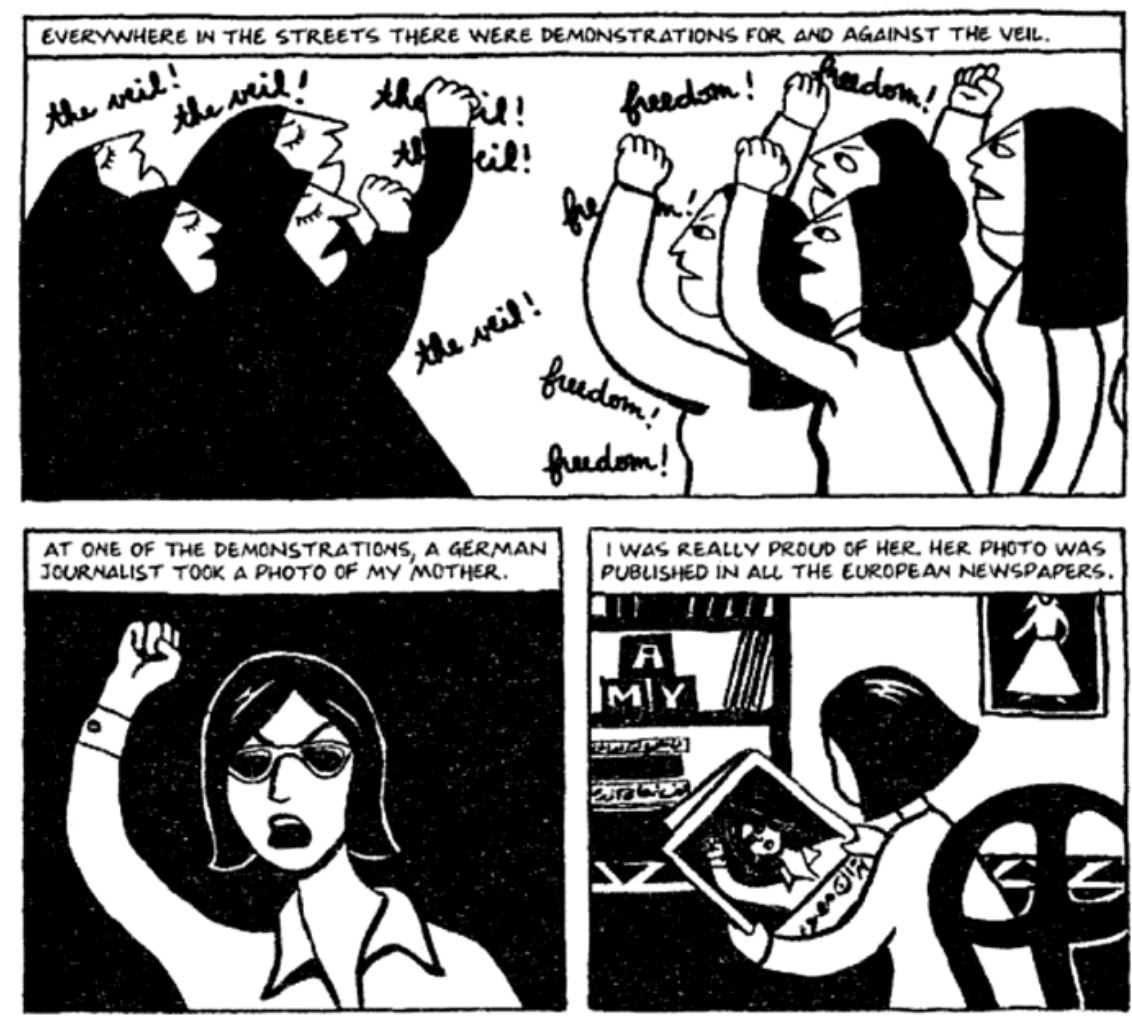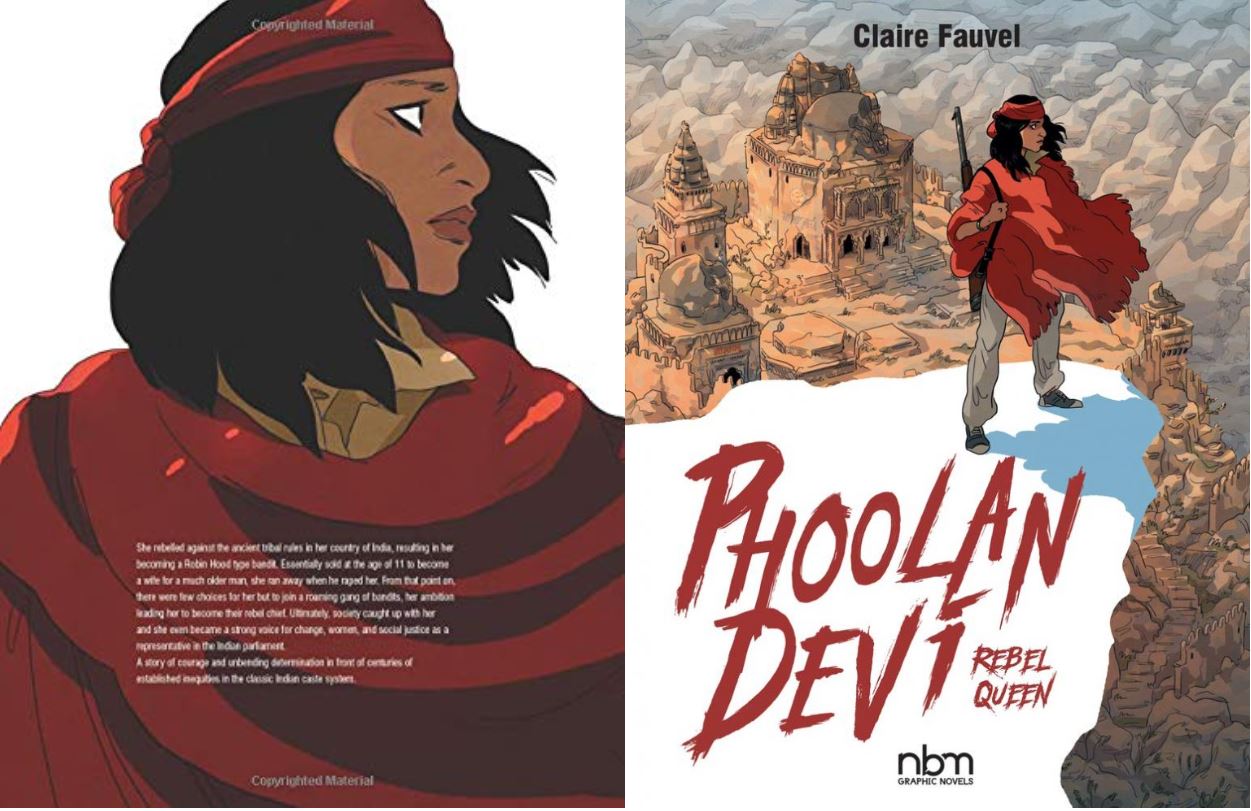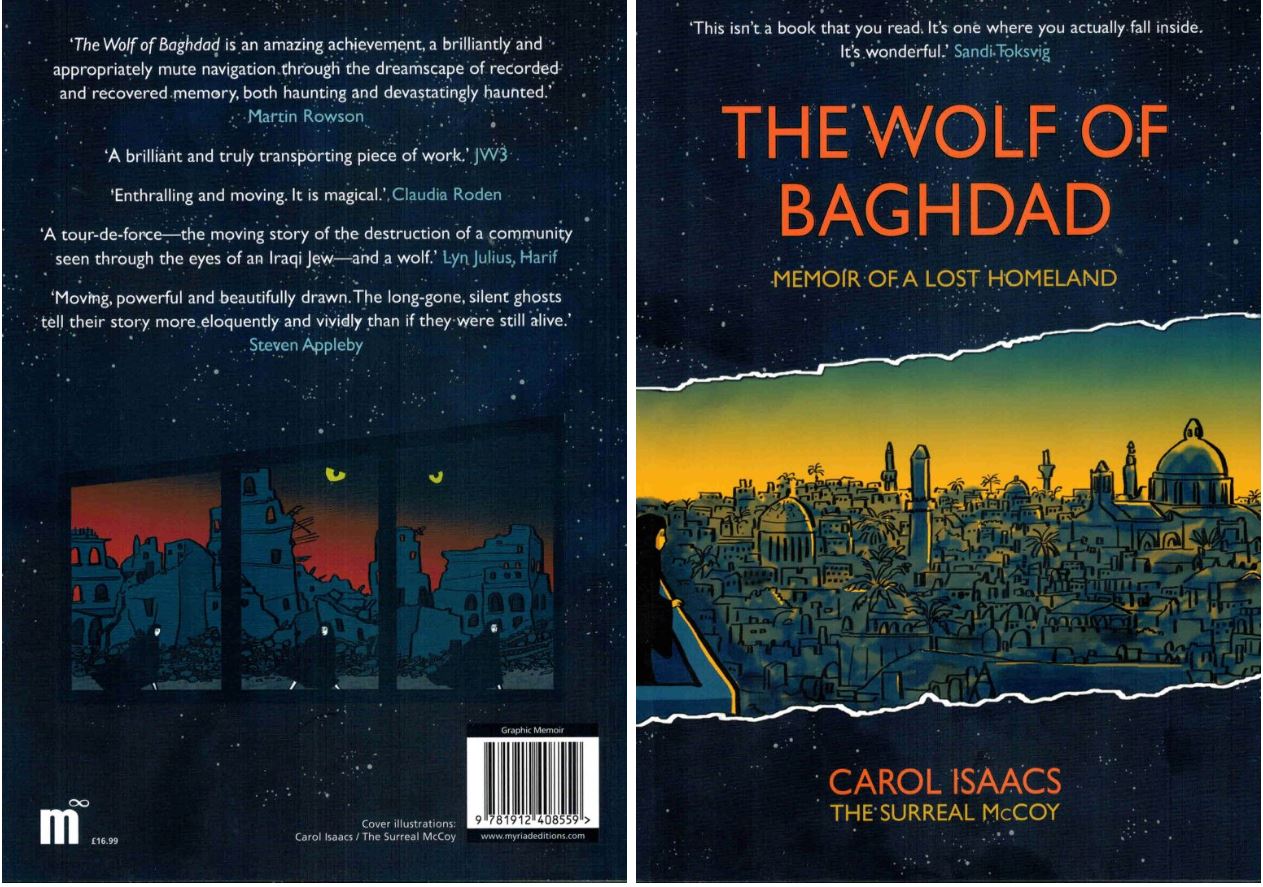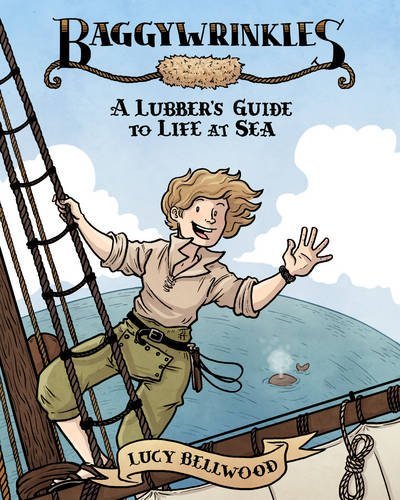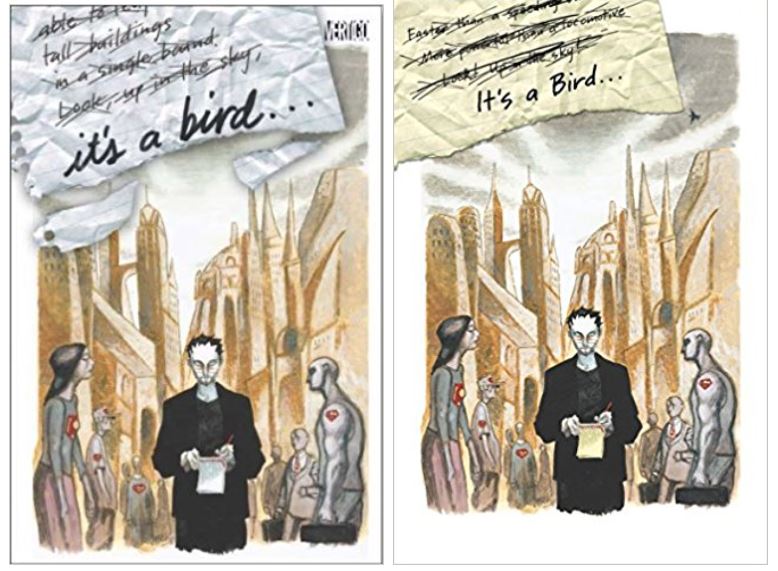
By Loo Hui Phang & Hugues Micol: translated by Edward Gauvin (NBM)
ISBN: 978-1-681123-38-7 (HB)
This book includes Discriminatory Content included for dramatic effect. If any such use of slurs, epithets, terms, treatment or attitudes offends you, you really should not be reading this book – or maybe you need it more than most.
Cinema was the great and dominant art form of the 20th century. There have been untold tons of film books (even I’ve got one coming out later this year!) and loads of graphic biographies about movie stars and Hollywood – so many, that humanity shares a communal/mutual vision capable of supporting more subversive dalliances with those mediums. Here’s a smart and powerful biographical account employing that common ground to probe some of the deeper social issues stemming from the dominance of the fabled tinsel town Dream Factory through eras where the playing fields were never ever equal…
In 2020, Laotian-born writer Loo Hui Phang (Bienvenue Au College, Delices De Vaches, The Smell of Starving Boys) and veteran French illustrator Hugues Micol (Tumultes, Les Parques, Agughia) collaborated on European reminiscence Black-Out, describing the unseen, forgotten and retroactively redacted career of a mixed race actor who was a contemporary film phenomenon before his political ideals and subversive acts against discriminatory movie making practises led to his contributions being excised from acceptable Hollywood history.
Employing a dreamlike semi surreal narrative delivered via symbolic tableaux and straight strip art storytelling, it told the compelling, inequitable and tragic tale of a gifted entertainer who could have been America’s first black film star…
In 1936 Los Angeles, rich, famous and utterly acceptable foreign immigrant Cary Grant meets a beautiful boy orphan at a boxing gym. Taken with his looks and attitude, the transplanted Londoner takes the kid under his wing. Soon the lad is playing those always anonymous minor “ethnic roles” in epic box office masterpieces like Lost Horizon and Gone With the Wind.

Lana Turner, Ava Gardner, Lena Horne, Rita Hayworth and dozens of other starlets seek his company. He is schooled by David O. Selznick and gulled by Louis B. Mayer, and in later years Paul Robeson gives him life advice as he instinctively and unwisely makes enemies like John Wayne and Senator Joseph Mc Carthy…
A truly beautiful and visual striking man, Maximus Ohanzee Wildhorse AKA – and against his own wishes – “Maximus Wyld” always turned heads in cosmopolitan, covertly egalitarian, boldly bohemian but officially segregated Hollywood. Of course, that casually collegiate acceptance never made it into the roles or onto screens where culturally-conscripted stereotypes were peddled to ignorant, scared, easily riled John Q Public. Throughout his many appearances Wyld cleverly subverted the medium, using it to propound his views on a two-tier system and diminution of his peoples: a stance that led to his downfall and even greater erasure from historical view…
He is a proud, politically radical socialist enjoying every forbidden fruit accruing to his obvious physical attractions. In the new Sodom and Gomorrah, that means intimate entrée into the twilight world of homosexuality, decadence and hedonism, and those charms and willingness to listen also make him a constant true confidante and companion to Hollywood’s most contentiously defended commodity and obviously enslaved minority – lovely women…
The tale of his not-rise and inescapable fall touches on all areas of engrained traditional white privilege. Wyld is a human melting pot and walking (tap dancing, really) metaphor: exotic, universally attractive, unconventional but morally sound and sexually ambivalent. He stems from many races (plantation negro, First Nation/“red Indian”, Chinese) previously and still subjugated and used by the transported-but-aggressively dominant European culture.
Cloaked in shamanic mysticism and force, Max’s saga unfolds with him holding another secret. Professionally lauded, but officially uncredited he is inescapably in touch with his metaphorical ancestors – particularly a Comanche medicine man, a spirit stallion, coolies and slaves – all silently reminding him his career and livelihood are built and still thrive on the desecration and degradation of his ancestors…
A totemic figure – albeit shrouded in shadow and his own judiciously-kept council – Max played a vast range of non-white characters from house slaves to African tribesmen to Tibetans to painted savages, but was constantly denied honest moments in the spotlight, just as were all marginalised peoples of that period of US history. However, his unshakable dream of being the breakout actor of color in Tinseltown never really dies. It’s taken from him.
Or it would have been if he ever really existed…

This tale is a masterfully researched and constructed faux expose: a deviously fanciful conceit acting as if this poor guy really was there. A symbolic amalgamation of so many untold stories, Erased employs the facts of past ethnic experience to make a unifying myth: telling of an Invisible Man left out of history – like how many of today’s electronics won’t register people of colour because they were calibrated by white male Silicon Valley nerds…
The deeply moving personal journey ends with a powerful ‘Epilogue 1986’ as lingering heyday survivor Rita Hayworth ruminates on Max Wyld, after which the entire affair is awarded an effusive appraisal in an Afterword by author, publisher and critic Leland Cheuk.
The major themes, issues and delivery of the tale were previous covered in I An Not Your Negro author Raoul Peck’s erudite and challenging ‘Preface’, prior to ‘Maximus Wyld: A Bibliography’ providing a selected listing of all the major movies potentially graced by his presence in advance of the main event…
So sleekly, mesmerizingly effective is the result that Erased – An Actor of Color’s Journey Through the Heyday of Hollywood won Loo Hui Phang the Grand Prize for Excellence in Non-Fiction (publication & translation) as part of the Albertine Translation Foundation project, as well as garnering the Prix René Goscinny 2021 at Angoulême International Comics Festival.
This is a mighty and memorable missal of metafiction: one no mature reader of comics or lover of film can afford to miss. Just remember – it’s not real it’s only a non-movie of a movie…
© Futuroplis / 2020. All rights reserved. © 2024 NBM for the English translation.
Erased – An Actor of Color’s Journey Through the Heyday of Hollywood is published on 16th July 2024 and available for pre-order now. NBM books are also available in digital formats. For more information and other great reads see http://www.nbmpub.com/
